Patience: The Slow Build
By Coach Andy
When you kick off the new season after a brief (or not so brief) layoff there is often a feeling of excitement, renewed enthusiasm and a sense that this year will be the year where everything falls into place. It’s one of the things that keeps us plugging away week after week, month after month, year after year!
I have often use the game of golf as an analogy when I think about the sport of triathlon. Both sports provide a plethora of “moving parts” and moment to moment opportunities for success – coupled with an equal number of potential pitfalls. They both force their participants to embrace a “long term” mindset when looking to improve and grow. In golf you can muck up a shot, hole or even front nine and still regroup – same in long course triathlon. You might have a hard go of it during portions of the swim, get a flat during the bike or encounter trouble at the start of the run that derails you – but at any point you can regroup and finish satisfied if you keep your wits about you.
Both sport’s offer a multitude of areas that can be improved upon, or worked on in the short/long term. Maybe it’s not the driver you use to tee off that needs replacing, perhaps a change in the way you grip the club is a better place to start. Similarly perhaps shifting your saddle height on the bike and working on staying in the aero position longer are better immediate options than upgrading your bike….you get the picture!

Photo by Christoph Keil
When looking to improve – it’s consistency, hard work and perseverance that allows us to grow and improve. It takes time, sometimes years to reap the full benefits of your training. This is at times difficult for a fit and eager athlete to accept, regardless of whether they are self coached or part of a team. It is especially difficult at the start of the year when we are champing at the bit so to speak. Going for an easy 45 minute run when you feel like going for an hour is difficult. Doing short, two minutes tempo pickups seem meaningless when you want to, and feel like, increasing the pace for 20 minutes stretches. The same logic holds true for the bike and swim .
The key is to “trust in the process” both short term and long term – there is a reason and place for each workout and block of training in both the immediate space and future plan. The seemingly useless two minute changes in pace are so that you can build to the sustained 20-30 minute tempo pace months down the line. The incremental long easy rides of 1.5, 2, and 2.5 hours – are so that you can safely ride 5 hours or more during the core weeks of your build. If you have ever been injured, burned out and truly unmotivated to train you will understand the reason behind the slowwwww build!

So tackle the upcoming season with vigor and visions of grandeur but always trust in the process and build up appropriately – it will pay dividends both in the upcoming season and years to come. You may or may not hit a personal best this year but there is a good possibility that what you are doing now and how you are doing it – will directly affect how you perform years to come.
Have a happy and safe year of training/racing!
The Off Season: Rest and Reflect
By Coach Andy
The off season for a triathlete is typically a period of rest, recovery and reflection. For many athletes who do not have a late season race – this time of the year can start in September or October and stretch until early in the New Year. Unless your live in the southern hemisphere – then it is also the time of year that in many countries that the weather changes to include bouts of sub zero temperatures, freezing rain, cold winds and eventually snow. On top of all this the daylight hours start to dwindle. This for some, can be a recipe for some pretty gloomy days both literally and figuratively – with seasonal affective disorder (SAD) and its negative impact, a real issue for many.
A good way to look at this transitional time of the year is to think of it as a period of reflection and recovery. Re-visit the preceding season and look back on all the hard work that was put in. Consider the high’s and the low’s and what you did right and what could be improved upon. Be mindful of how critical or hard on yourself you may be if things didn’t go according to plan, this may be a sign that you are missing the point of it all! Remember how lucky you are to be able to physically, mentally and financially participate in the sport of triathlon!
We all know how important rest is for our body and mind – but when it come to sport and a regular workout routine we sometimes neglect this part of the equation. Regular training – especially for long course events takes both a physical and mental toll and if you are looking for longevity in the sport or hope for improvement – periods of rest both during training and at the end of a competition phase cannot be understated. This is especially true the older we get.

Photo by Maria Camargo
When discussing the importance of rest with athletes , I am often reminded of of a competitive miler friend, who after having raced countless times over a summer decided to pack it in for the year, two weeks before the last big race of the season, they did nothing but rest and reflect. The evening before the last race they decided to run and posted their best time ever – which amounted to a sub- 4 minute mile. Now there are likely many factors that went into this but I suspect that if this individual had continued training up until race day he may not have had the same result. Resting the body/mind surely impacted his performance.
The off season is a great time to do things you might not have normally done while dedicated to a regular training routine throughout the year. Go for a hike, pull out the mountain bike, hit the ski hills or skating rink, catch up with friends you may not have seen in awhile. By disconnecting and recharging, when it’s time to plan for the next season and ultimately start rebuilding a base – you will be mentally fresh, rejuvenated and eager to tackle the upcoming season!
Basics: Training with a Heart Rate Monitor
By Coach Andy
One of the more important and often overlooked pieces of equipment (or gadgets if you prefer) for the triathlete either starting out or looking to improve on their current level of fitness – is a heart rate (HR) monitor. This is even more critical for the athlete looking to complete a longer course event such as a 70.3 (1/2 Ironman) or 140.6 (Full Ironman) distance and is especially important for the novice athlete who may have a limited sense of pacing and/or whose rate of perceived effort/exertion (RPE) or “how they feel” – may be slightly skewed simply because they don’t have a baseline to work with.
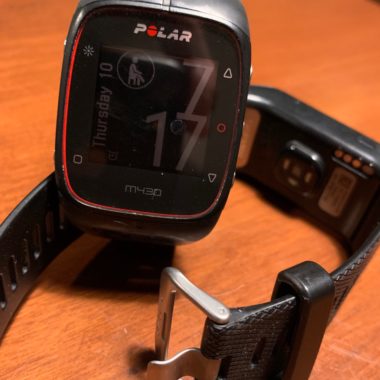
As a general rule of thumb – your triathlon training should be varied and include a mix of distances and intensities throughout a training cycle but a good portion of your training should be done at a specific intensity (pace or HR) and it is one which is typically much slower than the self trained and/or novice athlete is accustomed to. Although our bodies use both fat (slower to burn) and carbohydrates (quicker to burn) as fuel during workouts, lower intensity runs and rides teach the body to tap into and efficiently use fat as a source of energy for a good portion of it’s fueling requirements – which is a good thing for the endurance athlete. The longer you can go without tapping too deeply into your carbohydrate/glycogen stores the better. Even with proper nutrition during workouts or competing – training at a HR over and above what the body is capable of maintaining for an extended period of time can eventually lead to a depletion of these stores forcing you to slow down or even stop. The risk of injury is also elevated when training is continually done at intensities close to an athlete’s max.
Using a heart rate monitor to first establish specific heart rate training “zones” based on your current level of fitness – are key to structuring a proper program, serve as a fitness baseline and provide necessary feedback on an athlete’s progress. Once an athlete’s HR zones are established by using a simple field tests – a training plan can be properly developed.
Using running as an example, an athlete’s threshold zone or upper HR zone can be established by having them put in a solid thirty minute effort (after a brief warm-up period) and then calculating the average HR for this period. Based on this average which is more or less the effort the athlete might be able to hold for no more than an hour, training zones 1 through 5 can be established. These zones will be a specific % of what the threshold average is. The vast majority of the athlete’s training will be done in zones 1-2 (fairly easy) with the other zones (3-5) sprinkled in at varying lengths depending on the time of the season and goals of a particular training session.

Putting it simply, it would be detrimental to an athlete to go out and hammer each run or bike at close to of their maximum effort day in and day out, especially when training for longer distance events. The body would eventually break down and the athlete would stand a good chance of burning out mentally – it just wouldn’t be fun!
By following prescribed HR training zones the athlete will be well prepared and more in tune with their body and the different efforts they are putting in. They will also be able to see how things like temperature, lack of sleep, inadequate nutrition and varying terrain can impact HR causing fluctuations/changes. As training progresses they will likely see themselves covering the same distances in similar conditions with a lower HR than weeks/months before – this is a good thing!
Long Course Triathlon: Things to Consider
By Coach Andy
Long course triathlon and in particular Ironman distance events pose a unique set of challenges to the endurance athlete as not only do they have to be prepared to cover the distances but also be ready to brave the elements for an extended period of time, while maintaining sufficient caloric intake over the course of the day, which can and typically does throw a number of unforeseen events your way.

Being physically and mentally prepared for the above, including race day conditions that are for the most part out of your control will lessen any pre-race anxiety and further set you up for success.
On the weather front, dealing with a hot and humid day or a cool and rainy one during a short course event is many time easier to manage, simply due to the length of time spent on the course. For events where the average athlete is out on the course anywhere from 6.5 hours (½ Ironman) to 13 hours (Full Ironman) – preparation and education are key.
As in prepping for the actual course and its physical layout, your training should also take into consideration the weather that may be encountered. A race location that is often hot and/or very humid will require you (and your coach) to pay special attention to hydration and sodium intake throughout the day. A colder location or unexpected temperature drop on race day may force you to make some last minute wardrobe changes. There is nothing worse than exiting a swim and jumping on your bike without the proper clothing (wind-stopper, arm warmers etc.) when temps are colder than expected. It is much better to discard an extra layer of clothing at an aid or special needs station, than to spend the first 30 Km’s of a ride cold and miserable.
Proper caloric intake during a long distance event is paramount and often referred to the fourth discipline in Ironman and if not properly addressed by the athlete/coach, can make or break your day. Many of us have at one time or another have hit the proverbial wall during a race, brought on by the by the dreaded “bonk” (ie: low blood sugar). A good portion of the time this is entirely avoidable. Practicing the intake of sufficient calories (from different sources) during your long training sessions will help you dial in to what works best for you so that come race day you have a solid nutrition plan.
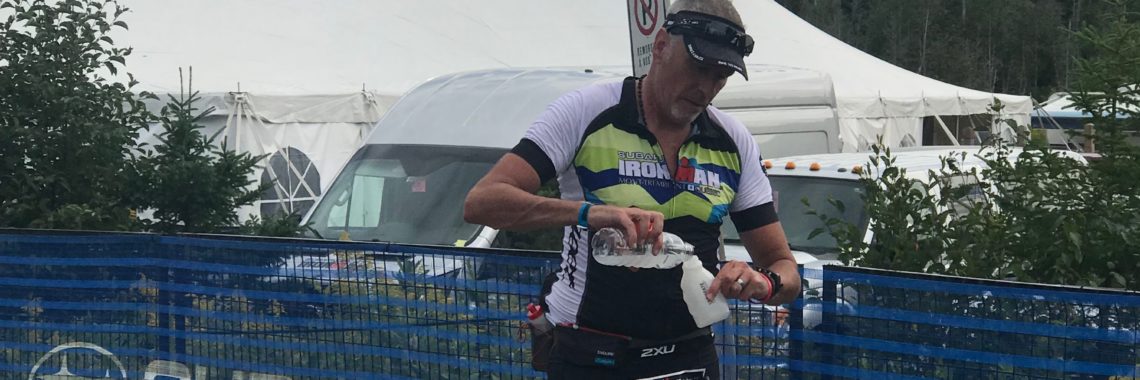
Lastly an often overlooked item that can literally “rub you the wrong way” come race day is trying equipment that hasn’t been broken in. New running shoes can cause any number of issues, a new triathlon top or shorts can chafe and drive you crazy for the better part of a day. New bike glasses purchased at the expo may not give you the same perspective and/or views that your are accustomed to. No of these are likely to derail your day but they can certainly make it a little less pleasant!
A strong, feedback oriented relationship with your coach should address many of these issues (and more) – setting you up mentally and physically for an awesome day!
Beginners Guide: Triathlon on the Cheap
By Coach Andy
Triathlon can be an expensive undertaking, especially to someone new to sport. Equipment, nutrition, coaching, recreation center costs and event registration including travel and accommodations can all add up. Few of us have the luxury of not having to worry about dropping hundred’s of dollars on the latest tear drop shaped aero helmet or booking our next Ironman event in one of the more exotic destinations. Most athletes, at least to a certain extent have to map out their yearly costs and weight the pros/cons with respect to their purchases and “upgrades” related to the sport.
As someone starting out you may not be sure about where the sport will take you long term and because of this you may question the need for certain items. Take the bike for example, starting out there is no need to purchase a triathlon specific bike. A standard road bike and a second hand one at that will do just fine i f you don’t have one. In fact you will see all sorts of bikes out on a triathlon course, from the high end machines that likely go for the price of a small car, to mountain bikes (I’ve see a fat wheel more than once). It’s not uncommon to find a character or two at some of events who are trying to do something a little out of the ordinary – you might be surprised at what come across out on the bike leg!
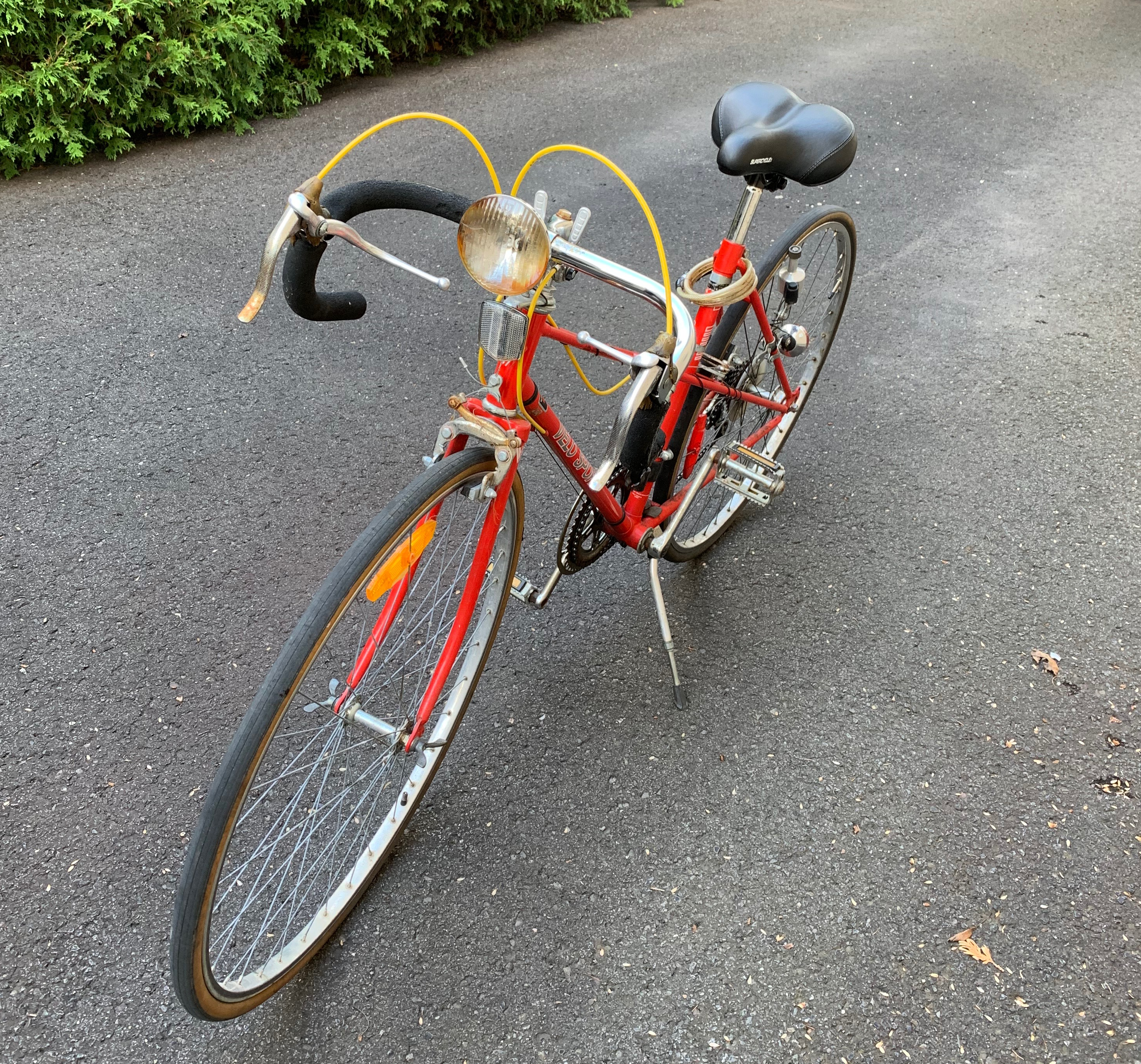
It is also worth noting that that there are any number of superbly organized local triathlon throughout North America, the UK and across the globe that are a fraction of a cost of branded events.
Should your first bike end up being a road bike, these are also fairly easy to fit with aero bars at minimal cost if you wish to get a feel for them down the road. A natural progression for someone over the course of a couple of years might be to first get a road bike, then add aero bars to the road bike and finally purchase an entry level triathlon bike, which can be obtained second hand if need be (make sure of the fit however). Once you have been at it for a couple of years and the sport has become an important part of your lifestyle you may then start wondering about upgrading your triathlon specific bike. Cost effective upgrades can also be done to here. If and when the time comes to consider upgrading and you again don’t want to break the bank and step up to a newer more expensive model – a set of aero wheels (or a single wheel) can make quite a bit of difference depending on the course and conditions. This will obviously be cheaper than getting a new ride altogether. At the end of the day, take a look at what they rode back in the day when Ironman started roughly 40 years ago – a nice bike is great but its the engine that truly matters.
When it comes to running shoes its best to stick with a reputable company and the specific type of shoe that works for you. Clothing however is another matter. Your training will consist of “wash, rinse and repeat” literally and figuratively. There is no need to get your shorts, tops, Lycra, windbreakers etc form a specialty store and/or from names brands. You may want to get a higher end, race specific kit (triathlon shorts and top) to do your events but the bulk of your training can be done wearing “technical” gear that doesn’t cost you an arm and a leg. Many big box stores have there own “brand” of workout gear, this stuff will work just fine and save you loads of cash. Much of your gear is interchangeable as well – biking outside in the early spring or late fall for the most part can be done in the same type of clothing as you would wear on cooler runs.
Swimming is the cheapest of the sports unless you have to pay a yearly recreation center fee – in general all you require is a pair of trunks and goggles. You may see athletes out there in “buoyancy” shorts, high end goggles, fins, kick boards and all sorts of other accessories. Although there is a place for the extras many times these are available for free at the pools themselves – so the basics are all you need. There is certainly no need for a waterproof media player which I didn’t know even existed until recently! If doing open water swims (OWS) or purchasing your first wet suit you can typically find good deals online during end of the year type sales. Xterra and Roka Wetsuits often have promotions where you can get an entry level suit for under $100.
When buying online sign up to the site’s mailing list first (this goes for most online retail sites) and wait to see if they send out discount “codes” or information on upcoming sales events – many do this fairly frequently. If you are itching to buy your item right away – add it to your cart, provide your email and don’t check-out. If you can hold out a day or two sometimes the company will notice you were shopping and will send you a “discount coupon” to entice you to complete your order.
Although much of the above may seem a bit overwhelming, if you end up getting hooked on the sport and it’s lifestyle – it all ends up being part of the fun!

Running Shoe Dilemma: Makes and Models
By Coach Andy
Finding the right type of running shoe – and more importantly once found having that particular model work for you – for an extended period of time can prove to be an elusive goal for runners and triathletes alike.
One of the reasons for this is the constant and often subtle changes the running shoe companies make to models from season to season – these changes can often feel like major overhauls to the feet of some finicky athletes. The changes themselves can included things like toe-box width, lacing systems, out-sole durability, tongue modifications. The list can go on and on…
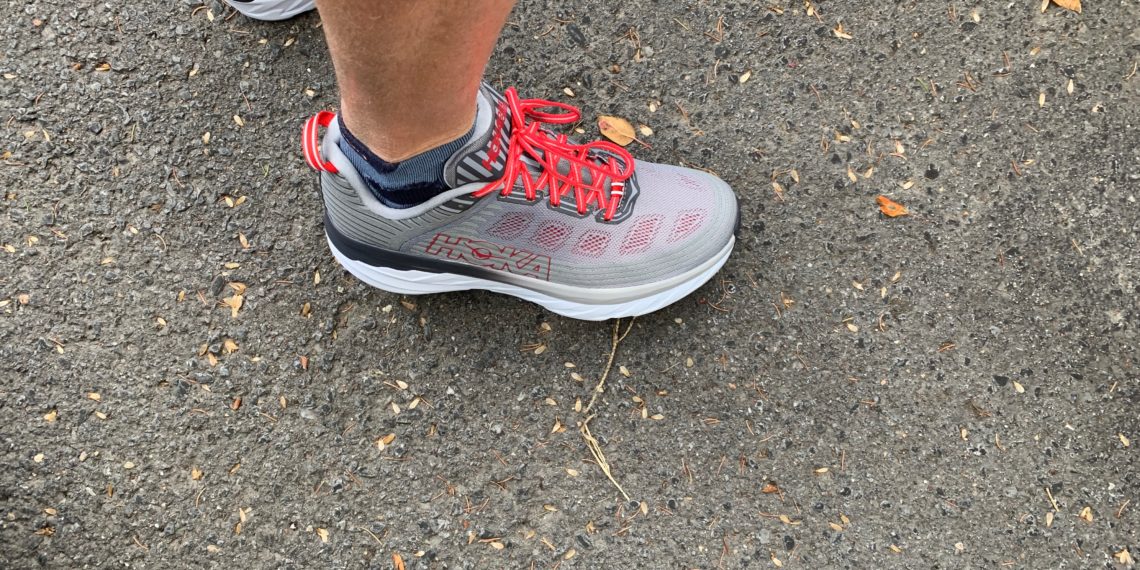
Oftentimes the modifications are small things really – but once you have found a model that works for you, having it change over the course of a year or two can throw even the most unflappable of us into a mild panic!
With respect to the types of shoes on the market most of the top running shoe companies will make a cushioned shoe, a stability shoe and a motion control shoe. Within each of these categories you may have a number of models to choose from.
Neutral runners, forefoot strikers, supinators (runners who tend to run on the outside portion of their feet) and biomechanically efficient runners with good turnover tend to do well in cushioned shoes. Mild to moderate pronators (individuals that tend to roll inwards more) do well in stability shoes which are firmer and offer more support for pronation. Motion control shoes are for the runner that requires maximum support and stability – these shoes tend to be quite firm.
If you are unsure as to what shoes type is best suited to your running style a local specialty running store will be able to evaluate your form and help fit you with the proper shoe.
Now back to the point where you have searched high and low and finally found a model that works for you and you want to put off having to deal with inevitable changes that come sooner than later. One solution is to buy more than one pair once you find a shoes that really works for you. This is not always a financial option given the price of some of the models out there – but if you find yourself loving a particular model make it a point to at least get a second pair before they phase it out. You can always have a pair put aside and/or inquire as to when the “new” models arrive and pick up the older pair prior.
Many runners can change styles and models within a particular type of shoe without missing a beat. This is one thing I used to be able to do – but found the older I became the more susceptible I was to some of the changes. After having run with a particular model for roughly five (5) years and changing them every six (6) months (same model each time but different color) one year the changes were so drastic I couldn’t wear them anymore.
When forced to switch company after being loyal to one brand/model for many years – the smart thing to do when this happens is to change in the off-season. If at all possible do not change models or companies mid season, especially if you are prone to foot/running issues. Gradually ease yourself into the new pair without doing anything long or fast for the first month or so. If all goes well and you are in the same type of shoe for your running style (cushioned, stability or motion control) all should work out fine if you listened to your body and taken the proper time to adapt. Happy trails!
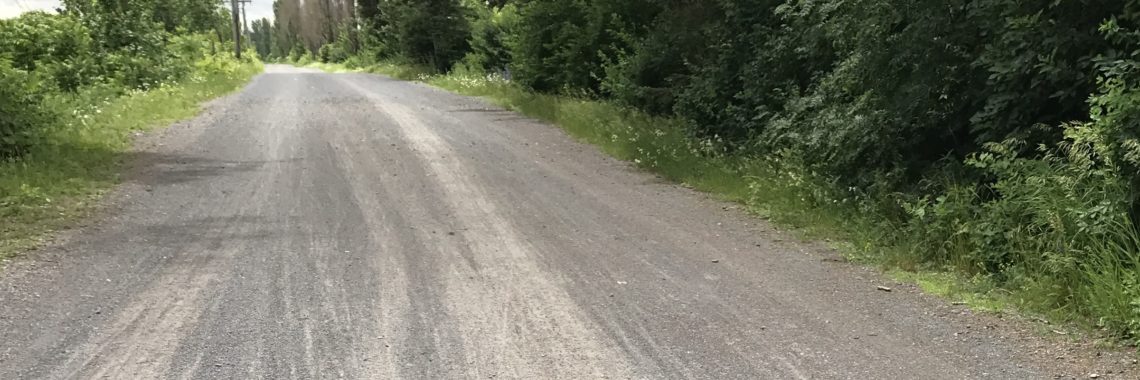
Nutritional Requirements: During Training and Racing
By Coach Andy
During endurance training and/or racing – an athletes primary sources of energy come from fats and carbohydrates. The body has a fairly large amount of fat stores that can be converted to energy. The downside however, is that fat is broken down and converted to energy at a much slower rate than carbohydrates. Carbohydrate stores in the form of liver and muscle glycogen are faster to metabolize and more readily accessible during exercise. The downside with carbs, is that there is a limited amount available when exercising at higher intensities and/or for extended durations (1+ hours) and they must be replenished “on the go” to avoid running out energy and forcing you to slow down or stop completely – during your event and/or training.
HOW MUCH CARBS WHEN TRAINING
Replenishing your carb stores while training should be done at regular intervals (i.e.: every 20 minutes) and done using products that are quickly and easily absorbed and turned into energy. Think simple sugars. These can included energy Gels, energy bars and sports drinks. Natural products such as honey and maple syrup work well. The goals is to get in roughly 300 calories per hours from easily digestible carb sources. It is also important to note that the body can only digest approx. 70-120g of Carbohydrates per hour during exercise. Taking in amounts over this can lead to stomach issues/distress during your training/event.
CARB EXAMPLES:
1 GU Sports Gel = 25g Carbs and 100 calories (3 gels per hour = 300 calories)
1 Pack of Honey Stinger Chews = 39g Carbs and 160 calories (2 packs per hour = 320
Calories)
Maple Syrup (50-60ml ) = approx. 220 calories (90ml per hour dissolved in water =
approx. 300 calories)
TRAINING UP TO 1 HOUR
If you have properly fueled prior to exercising, hydrating the body with water and/or a sports drinks is sufficient most of the time when exercising less than one hour.
TRAINING 1 TO 2.5 HOURS
For training sessions lasting up to 2.5 hours, you should consume approx. 40 to 60 grams of carbohydrate per hour (test this and see what products work best).
Foods and fluids should be consumed in regular short intervals, such as every 15 to 20 minutes, to allow time for gastric emptying and absorption.
Training is an ideal time for you to experiment with foods and nutrition products to determine which you prefer and how your react to these products at different training intensities. This should all be determined well ahead of an actual IRONMAN competition.
TRAINING OVER 2.5 HOURS
For training sessions lasting more than 2.5 hours, athletes should consume a minimum of 60-70 grams of carbohydrate per hour, and up to 90-120 grams of carbohydrate per hour.
When aiming at the upper limit of carbohydrate intake it is critical to select products with multiple carbohydrate sources including glucose, glucose polymers (such as maltodextrin and dextrose) and fructose.
Foods and fluids should be consumed in regular intervals, such as every 15 to 20 minutes in order to minimize the risk of gastrointestinal issues.
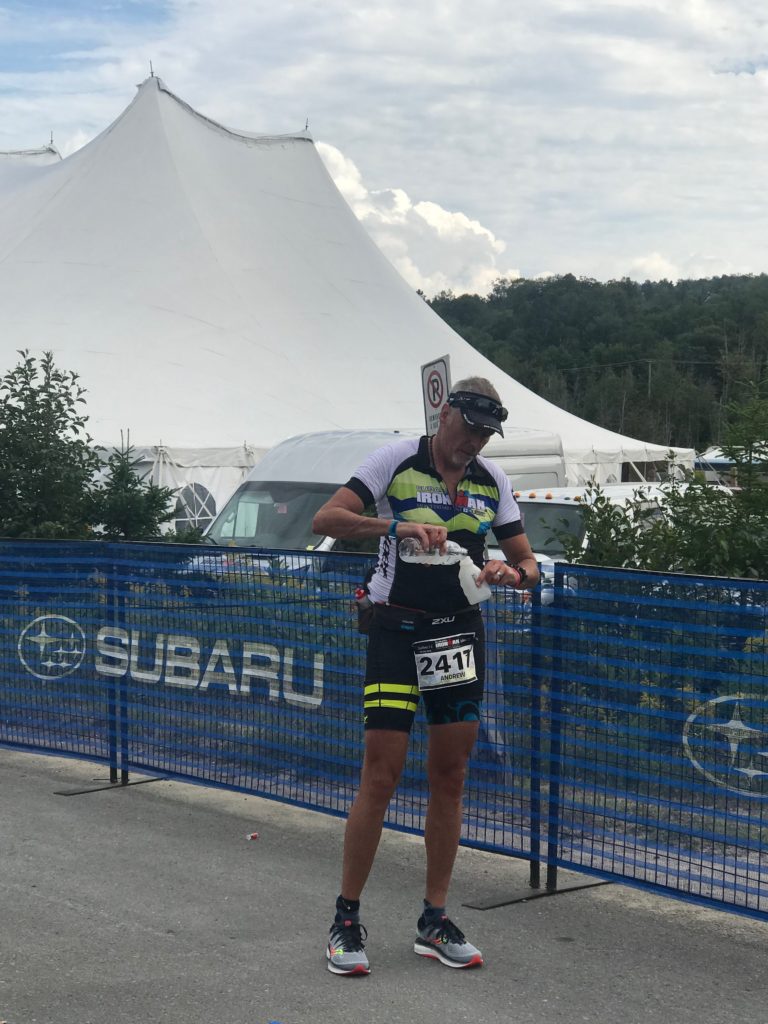
Nutrition: The fourth discipline – getting your fueling right through trial and error can have a big impact on your training and racing!
Note: How often you ingested and the type of products work for you need to be tested in
conditions and at duration/intensities similar to any upcoming event
